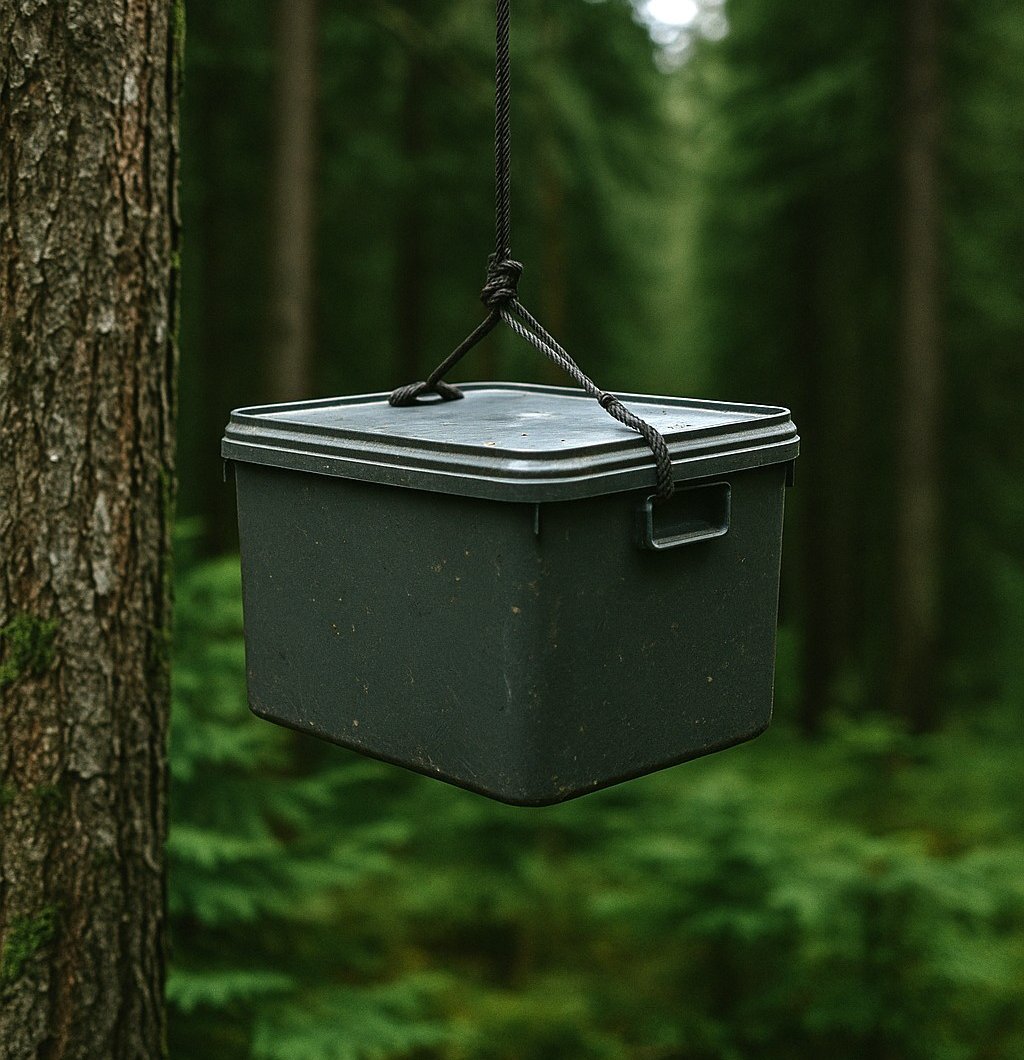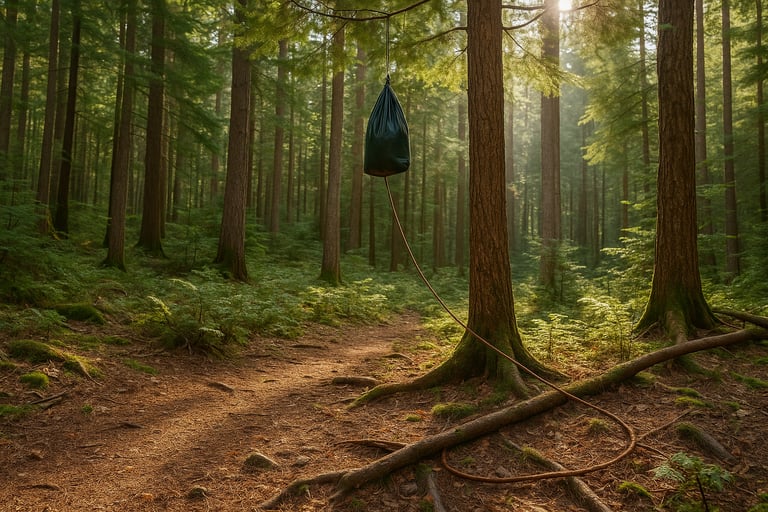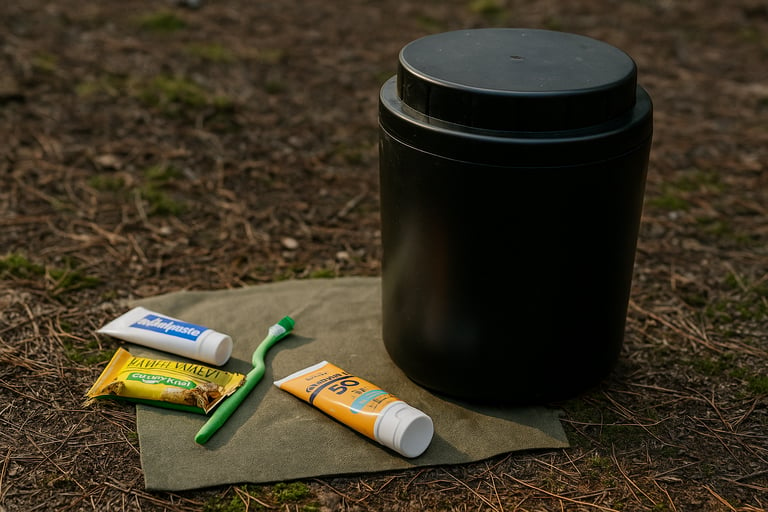How to Store Food in the Wilderness Without Attracting Wildlife
Learn how to store food safely while hiking or camping to avoid attracting wildlife. Discover smart food storage methods using bear hangs, containers, and scent-control strategies.


How to Store Food in the Wilderness Without Attracting Wildlife
Why Proper Food Storage Matters in the Wild
When you're out in nature, keeping food safe isn’t just about spoilage, it’s also about keeping animals away. From raccoons and squirrels to bears and coyotes, wildlife have incredible sense of smell and will travel surprisingly far if they detect food. Improperly stored food can lead to ruined supplies, unwanted animal encounters, and even dangerous situations, especially in bear country.
The goal is simple: keep smells contained, food inaccessible, and your camp as scent-neutral as possible.
Understanding How Animals Find Food
Most wild animals rely on scent to track down food sources. Even sealed packaging and dry food can emit odors that attract animals. Leaving trash, scraps, or even utensils out can act as a dinner bell. That’s why every piece of food-related waste, including wrappers, dirty cookware, and used napkins, needs to be either properly discarded in animal safe trash bins or stored just as securely as your actual meals.
Using Bear-Resistant Containers
Bear-resistant containers are hard-sided canisters that lock securely and are designed to be too tough for a bear to break open. They’re required in many national parks and wilderness areas. If you're traveling where bears are common, these are your best bet. Keep them at least 100 feet away from your tent and never near where you sleep. Even if bears aren’t a concern in your area, these containers still help deter rodents and raccoons. But if you are camping in bear country, understanding bear behavior and storage techniques is essential for safety.
How to Hang Food Using the Bear Bag Method
If you don’t have a bear canister, hanging your food in a tree can be an effective alternative. This involves putting all food, trash, and scented items into a bag, then suspending it from a tree branch at least 12 feet off the ground and 6 feet from the trunk. You’ll need a sturdy rope and a dry bag or stuff sack. It’s best to learn the technique before your trip since getting it right in the dark or rain can be frustrating.
What Should Be Stored — Not Just Food
It’s important to remember that “scented items” go beyond just food. Store your toothpaste, deodorant, sunscreen, bug spray, lip balm, and even wrappers in your food bag or canister. These smells can all attract curious animals looking for a meal. When in doubt, if it has a scent, store it safely.
Avoiding Food Smells Around Camp
Prevention is the first line of defense. Cook at least 100 feet from your sleeping area and avoid strong-smelling meals if possible. Clean up immediately after eating. Wash your cookware and utensils thoroughly and pack out or burn food scraps where permitted. Never eat or store food inside your tent, even snacks. Animals have been known to claw through tents just to get to a granola bar. Practicing general wildlife awareness helps reinforce these safe food storage habits.
Keep Your Site Clean and Routine
Establish a food storage routine and stick to it every time, even if you’re tired. By developing a consistent habit — storing items right after eating, checking for leftovers, and securing everything before nightfall — you significantly reduce your chances of attracting wildlife. A clean campsite is not just more pleasant, it’s safer.




© 2025. All rights reserved About | Privacy Policy | Terms and Conditions | Affiliate Disclosure | Disclaimer


